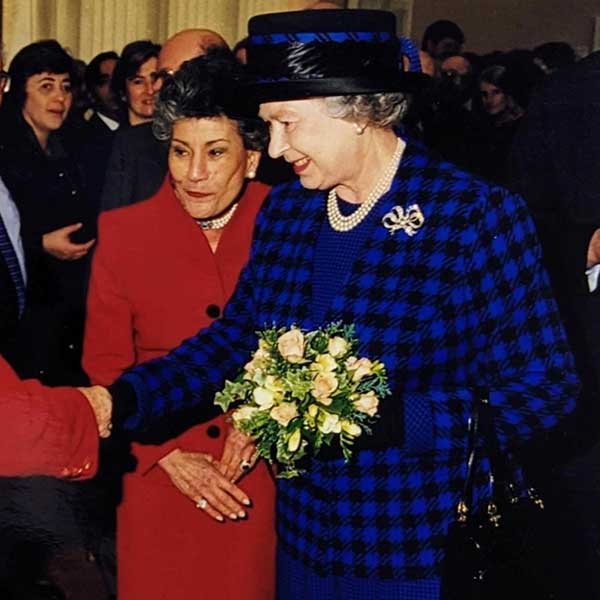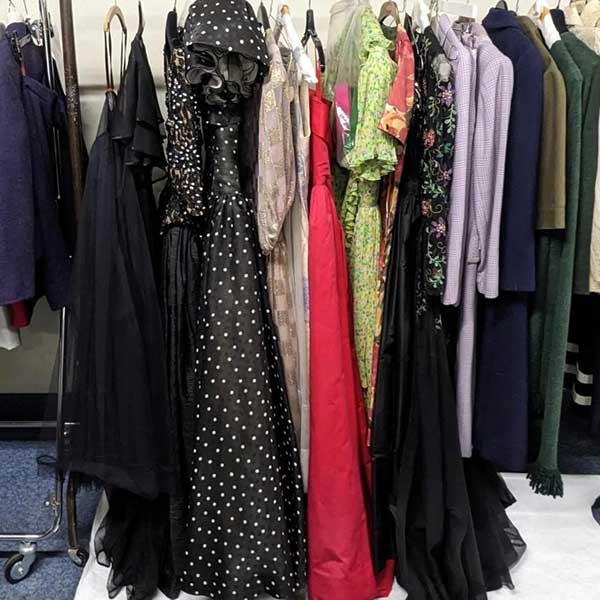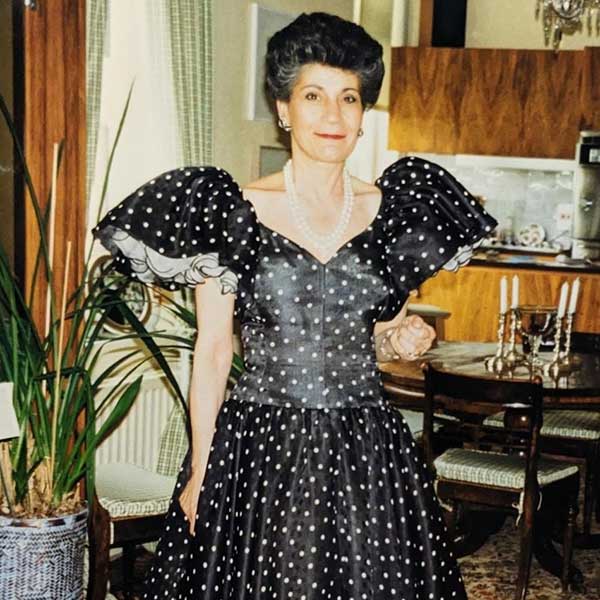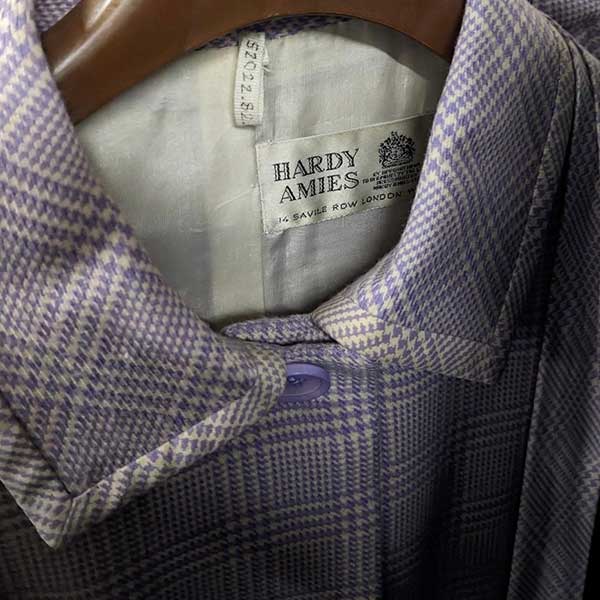Museum Award 2023
WINNERS
Southend Museums project
A Businesswoman’s Wardrobe; Preserving and Archiving the Gloria Levin Collection of Hardy Amies Couture
£3,900
This fascinating collection of over 200 ‘lived’ garments and accessories at Southend Museums tells the story of the evolution of fashion and trends and the social and professional advancement of women in the second half of the 20th century. In the 1960s Gloria Levin became a director of merchant banks, an extremely rare achievement at the time. By the 1970s Gloria held the most company directorships in the UK and was well known and respected in the male dominated finance world. Gloria’s school uniforms were made by Hardy Amies and she stayed loyal to the fashion house throughout her life. Gloria had an excellent relationship with Hardy Amies’ partner and Design Director Ken Fleetwood, and she developed a close relationship with the atelier. She knew the tailors and makers personally. The collection provides a unique insight into the social life of the people behind the scenes; the history of the workers and makers, a story rarely told.
The collection comprises over 200 pieces of couture, bespoke day and eveningwear, accessories and related ephemera and arrived at the museum as it had been previously stored, on a variety of wire and plastic hangers and in plastic bag covers – products that were actively damaging the pieces. Textile Society funding will provide conservation grade tyvek bags, padded hangers and archival boxes suitable for long term storage and preservation. In turn, these will facilitate safe access for digitisation and research. Crucially it will allow the collection to be stored together, in a dedicated space. The whole collection will be physically accessible to researchers and student groups and digitised records will be accessible to all via the museum database.
Blandford Fashion Museums project
Conservation of Blandford Fashion Museum’s 1920’s “Poppy” Dress
£530
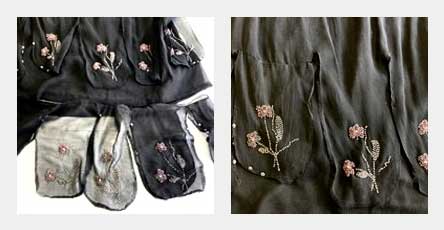
A key piece in the museum’s collection, the Blandford Fashion Museum’s Poppy dress is made of black silk crepe, cut on the bias, has a deep scalloped hem and a floral design in red and clear glass beads at the neck and front. The dress has a red fabric poppy applied to the neck and dates to when poppies were first worn as a symbol of commemoration and remembrance after the First World War. Essential conservation work will involve the visual and structural enhancement of the scalloped hem, support patches to damaged areas of the textile of the dress and repairs to the fabric poppy and beadwork.
The Poppy dress is of vital significance to the museum and integral to their academic outreach activities with local schools and students. Blandford Museum is close to Blandford Camp military base, and the conserved dress will strengthen the local history link between the museum and the camp. COVID lockdown highlighted the need for online access to collections. Through their active social media programme Blandford Fashion Museum have widened their reach to new and more diverse audiences, and they increased their global reach by over 60% in 2022. The Poppy dress and its conservation will feature in a new social media campaign that will greatly increase the accessibility of the museum’s collection.


